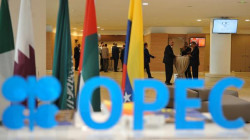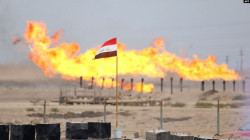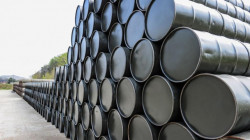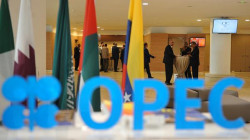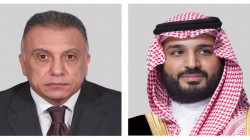In compliance with OPEC+: Iraq extends voluntary oil production cut, Saudi Arabia and Kuwait follow suit

Shafaq News / The Iraqi Ministry of Oil announced on Sunday the extension of the voluntary production cut of 220,000 barrels per day (bpd) until the second quarter of the current year.
The ministry stated that "Iraq's production will be four million bpd until the end of June 2024, and thereafter, to support market stability, these additional reduction quantities will be gradually restored based on market conditions."
It added that "this voluntary cut is in addition to the voluntary reduction of 211,000 bpd, previously announced by Iraq in April 2023, which will continue until the end of December 2024," noting that it comes to reinforce the precautionary efforts made by OPEC+ countries to support the stability and balance of crude oil markets.
Meanwhile, the Saudi Ministry of Energy announced the extension of its voluntary reduction of one million bpd, which began implementation in July 2023, until the second quarter of the current year.
On his part, Kuwaiti Oil Minister Emad Alateeqi stated that "Kuwait will extend its voluntary reduction of oil production by 135,000 bpd until the end of the current quarter," explaining that "this decision comes in coordination with some of the countries participating in the OPEC+ agreement."
Reuters reported that OPEC+ has implemented a series of output cuts since late 2022 to support the market amid rising output from the United States and other non-member producers and worries over demand as major economies grapple with high interest rates.
Oil prices have found support from rising geopolitical tensions due to attacks by the Iran-aligned Houthis on Red Sea shipping, although concern about economic growth and high interest rates has weighed.
Brent futures for May settled $1.64 higher, or 2%, at $83.55 a barrel on Friday.
Sources told Reuters last week that OPEC+ would consider extending output cuts into the second quarter, with one saying it was "likely".
The oil demand outlook is uncertain for this year. OPEC expects another year of relatively strong demand growth of 2.25 million bpd, led by Asia, while the International Energy Agency expects much slower growth of 1.22 million bpd.

